Tea has attracted the attention of people for many centuries. But not only the right choice of variety is of great importance. The teapot where the drink is stored is also very important. Let's try to figure out what exactly it is.
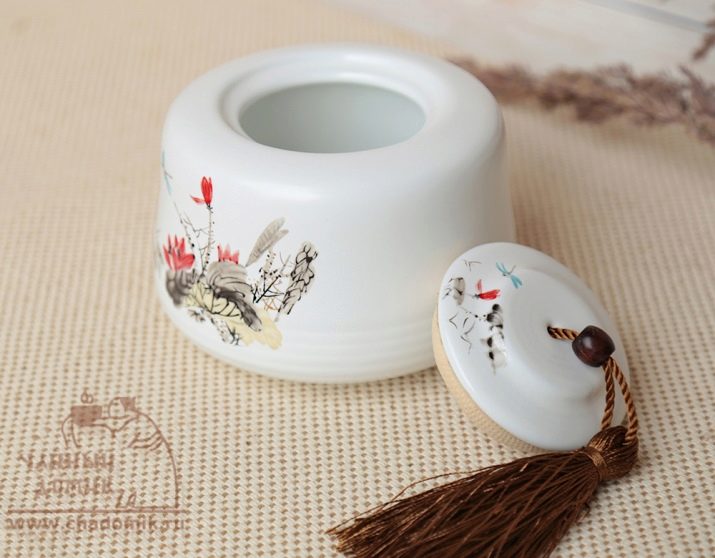
History
Traditionally, in our country, metal boxes or glass jars were used to store tea. But originally, the word "teapot" meant a completely different product. In the XVIII century, the drink was imported to European countries from China in porcelain tanks. However, along with them, the use of other materials was also practiced:
- Ivory;
- silver;
- turtle shell.
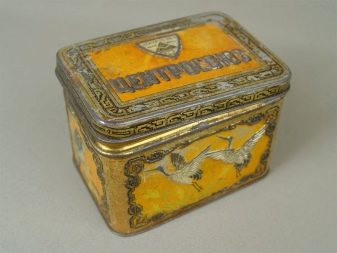
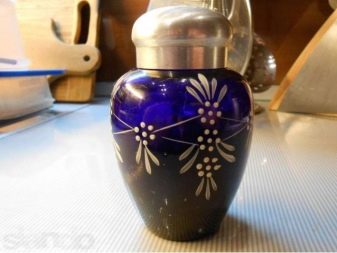
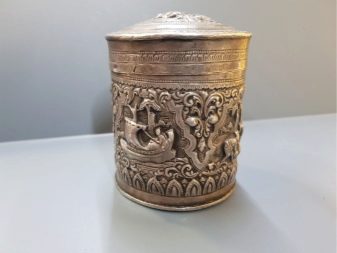
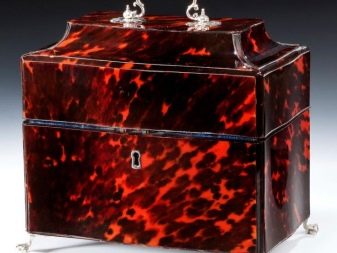
The situation changed by the last quarter of the 18th century. In the 1780s, the size of teapots increased, as the availability of tea increased. In England, it began to be transported and stored in wooden caskets equipped with locks. There were 2 compartments in these caskets. One was provided for tea, and the other could hold sugar.
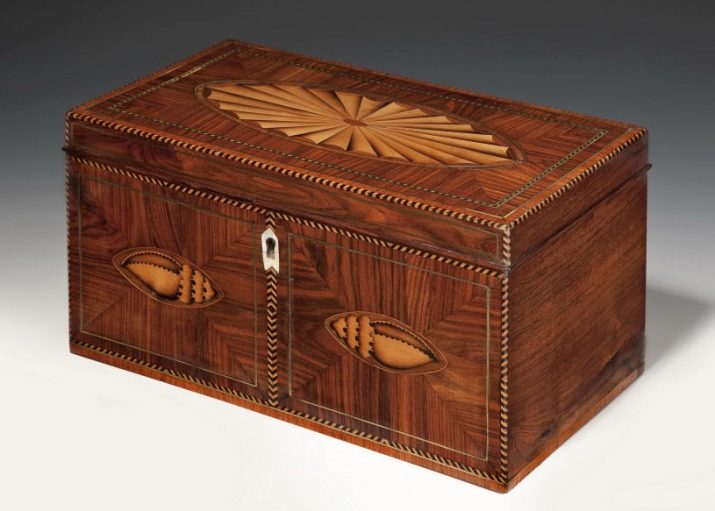
Today, the choice has become even more diverse.
How to choose a product?
The basic requirements for teapots are determined, of course, by the properties of the tea itself. This drink:
- extremely hygroscopic (easily saturated with water);
- loses its qualities under the influence of direct sunlight;
- suffering from fever.
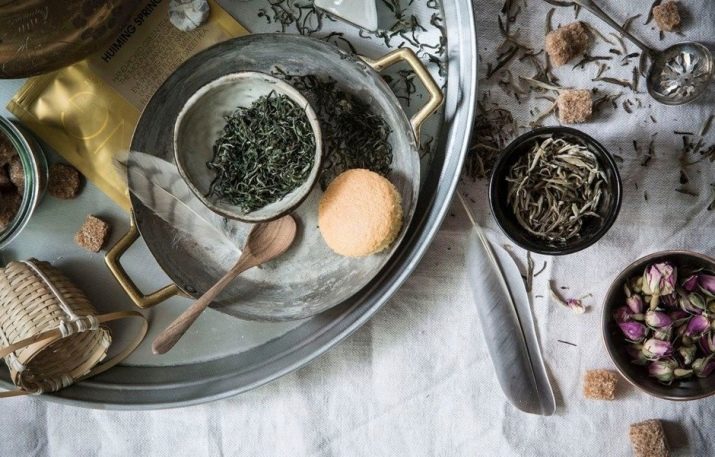
Therefore, any container for coffee and tea should be airtight and impervious to sunlight. For electric, however, too. As for the size of the can or other reservoir, then there are no universal recommendations. Advise only to focus on your own needs.
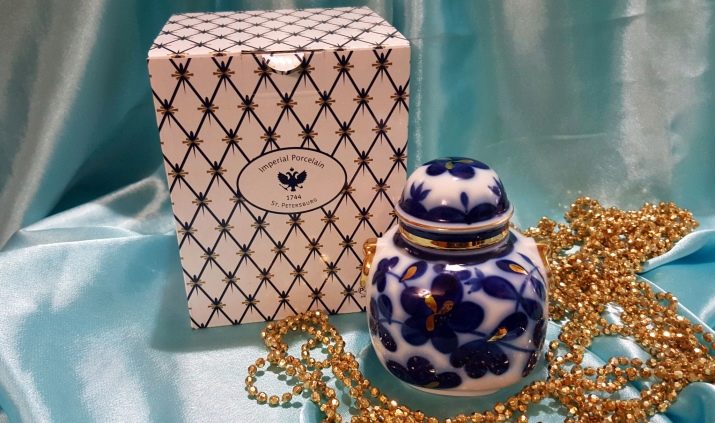
Those who drink tea occasionally and in modest quantities may have enough boxes for 250 g.
Small containers are usually placed inside the container.Large packages are recommended to be stored separately in a sealed container. It is better that they are as far away from the kitchen. Tea cans located in the kitchen cabinet are replenished periodically. The geometry of the cans themselves is of little practical importance.

Trade organizations may offer tea, coffee, sugar and cocoa storage kits that contain tin cans made in a common style and uniformly signed while still in production. Contrary to popular belief, such products retain their relevance. But when selecting iron boxes in the kitchen it is important to check that all containers are completely sealed so that there are no tiniest gaps or gaps.
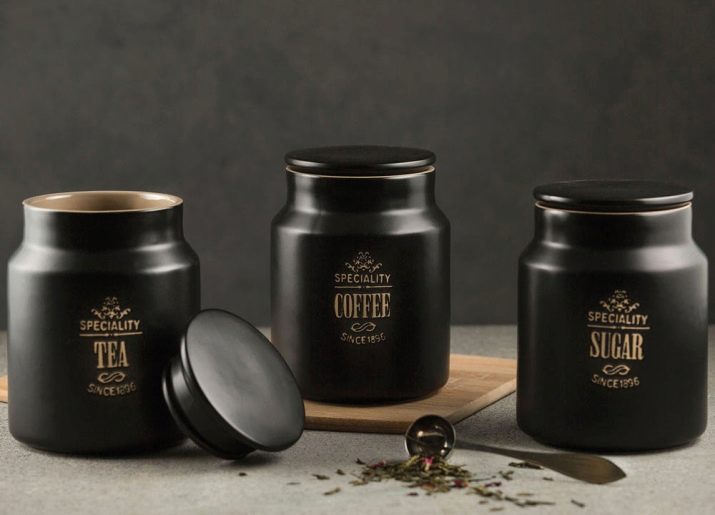
Violation of this rule threatens clogging of the corners and the appearance of rancid old smells.
Material
However, any containers of sufficient volume will not fit equally. In retail chains and markets, they often sell tea packaged in cans. Not all tin is used, but only with the addition of nickel. The advantage is that in such a container it is convenient to carry out:
- packing;
- transportation;
- storage of tea leaf.
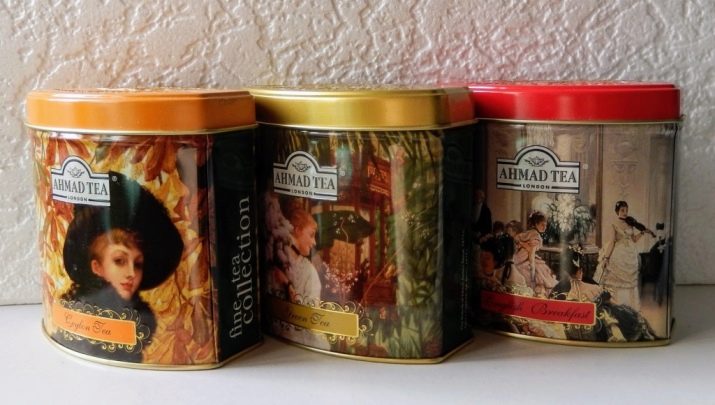
The problem is that it will be possible to consider the internal coating only at home. Normally, nickel should lie in an even, dense layer. Under this condition, you can confidently store tea bags.
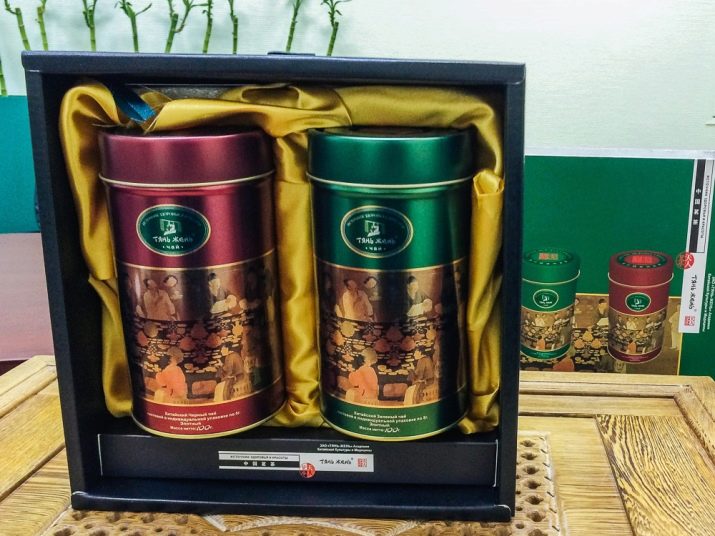
The next option is cardboard boxes. They are widely used for primary packaging. In this case, a layer of foil is mounted inside a cardboard can. It is tight enough only after release and packaging at the factory. Packing tea on your own will not work just as well.
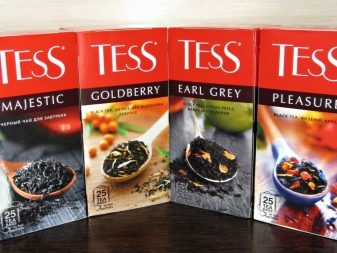
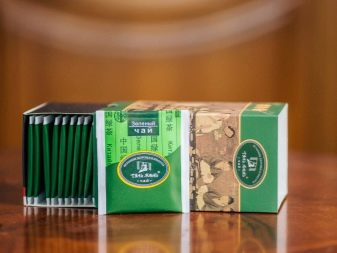
Therefore, at home, such a container is suitable only for temporary (maximum several days) storage.
Important: wooden containers are generally useless. It doesn’t matter if they look like a box or a box, you need to store 2 kg of tea or a modest amount. Wood is easily saturated with atmospheric moisture. Then this moisture is transferred to dry leaves. The only acceptable use case for wooden teapots is when they are covered with a protective layer on the outside or a water-tight container is placed inside.
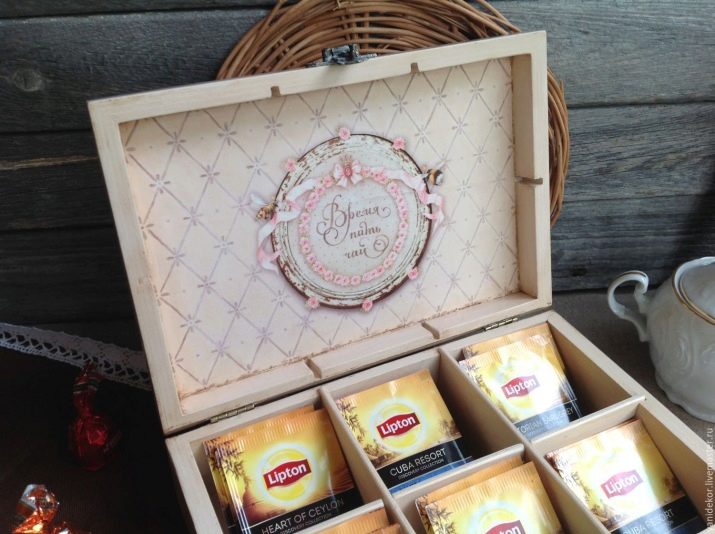
Chemical inertness and resistance to water are characteristic of glass. It is considered suitable for storing all kinds of food. But just tea leaves in a glass container can not be stored. Under the influence of direct sunlight, they will be discolored and stop smelling. You can cope with the problem if:
- the container is covered with a dye impervious to visible rays;
- tea is kept in a completely dark place;
- burlap, decoupage and other solutions are used.

A plastic container, no matter how beautiful it is, is not suitable for tea in principle. And opacity does not help here. The fact is that plastic does not provide the necessary ventilation. The product in it is saturated with extraneous odors.
If plastic containers have already been purchased, it is best to use it for cereals.
Of metals, stainless steel is usually called the best option. However, it reliably performs its task only in one case: when in a certain place the temperature and humidity are unchanged. If temperature jerks occur, moisture may condense. In this case, no one will vouch for the safety of tea and its good qualities. Silver containers are more convenient, but are too expensive.
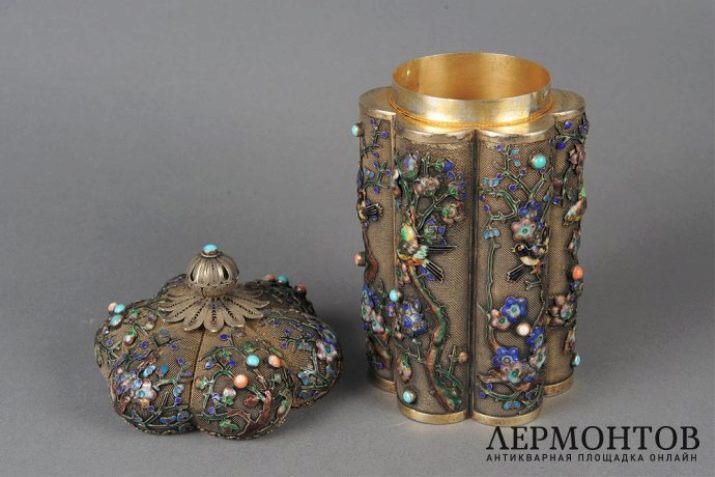
Ceramic teapots are also popular. They can have a very beautiful and elegant shape:
- elephant figures;
- houses
- painted versions.
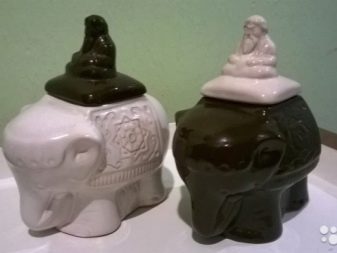

Ceramics are completely opaque, which makes it possible to store tea in it without problems. While clay environmentally friendly and breathable. Washing ceramic containers is easy. Another advantage of it is odors of previous varieties are not preserved.
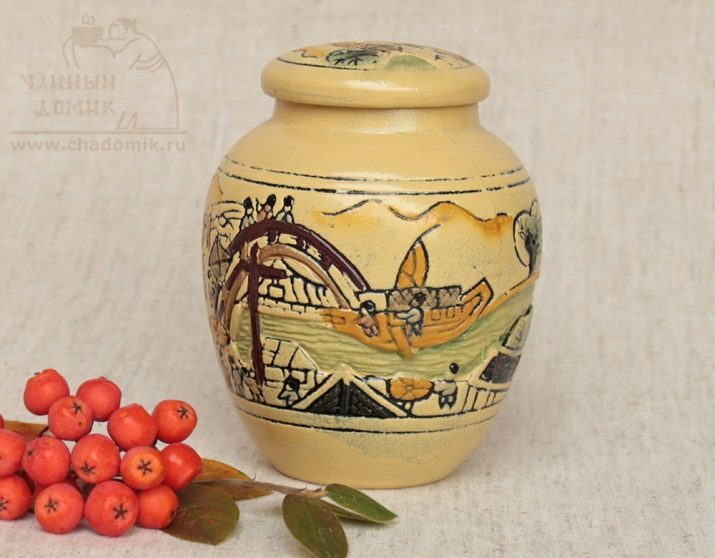
But it is important to understand that different types of clay products are not equally suitable for storing a drink.
The best ceramic utensils, according to experts, are those that are coated with glaze.This substance will block the ingress of moisture from the surrounding air. Porcelain dishes have an attractive white color. The material is fragile and thin, it is considered almost the standard of grace. However, the thinnest products, which are about as transparent as glass, should not be taken: they are too fragile.

Faience differs from porcelain in that it has a yellowish tint. He has large pores. Therefore, in its pure form, earthenware containers are not suitable for storing tea leaves. Over time, the bank will take on the smell of an unpredictable blend. If this does not scare people, then soon they will find that the smell will become extremely unpleasant.
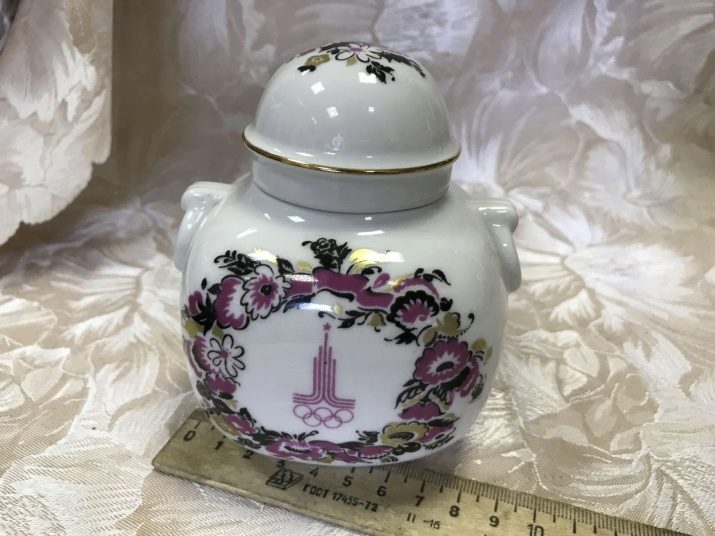
However, there is still a way out: faience should be covered with dense smooth glaze. Then the dishes will be suitable for storing tea. An alternative is the so-called pottery ceramics. It is used to make relatively rough cookware with thickened walls. Banks of this kind perfectly complement the ethnic-style kitchen interiors.
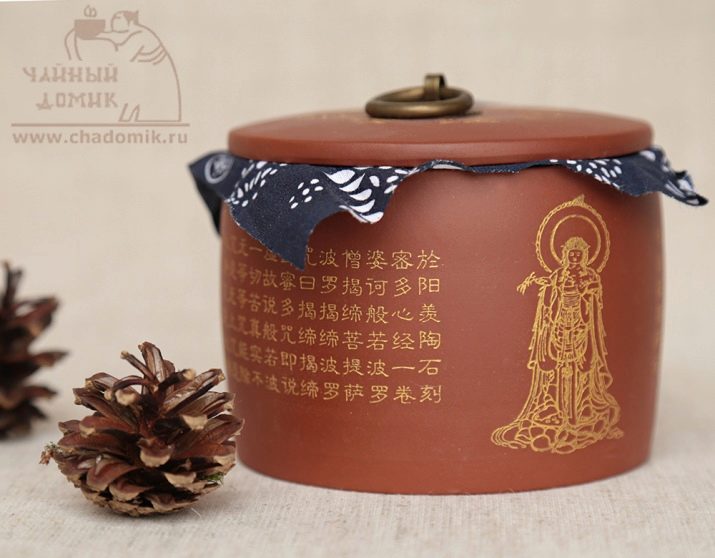
The natural color of the pottery pot is brick red. This material is completely opaque. But inside should also be icing. Any paint coatings are categorically unacceptable.
Because of them, sometimes not only the natural aroma of tea is lost, but also a bad taste appears.
Another caveat is the hermetic closure of the product can. For this purpose, containers of clay, ceramics and metal are covered with ground lids. Important: the presence of an additional seal will definitely be a plus. Sometimes caps with rubber or silicone seals are used. Such closures are needed for cans of metal or glass. They have a soft fit, tightly pressed to the surface, while there are no extraneous odors from the sealant.
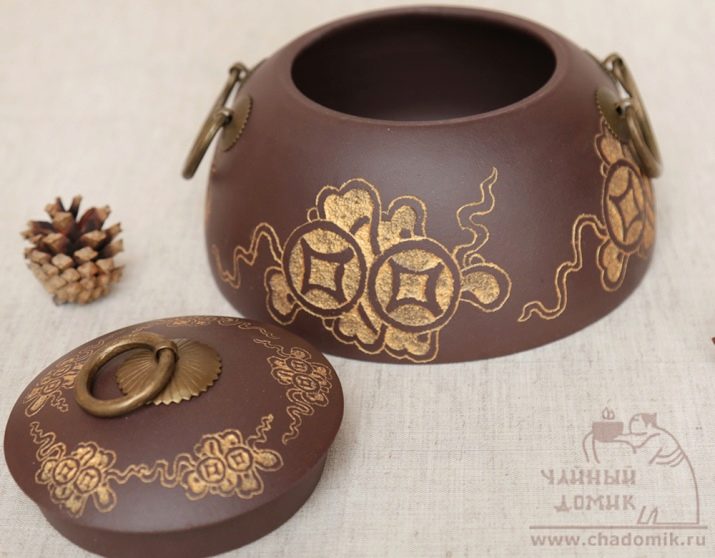
If the tea is stored in a glass or stainless can, screw caps can be used. The screw element maintains the tightness of the teapot. However, it must be checked that cheap low-quality plastic is not used. Some caps use a clamping mechanism. This device must be nickel-plated, otherwise oxidation can quickly spoil the container and degrade its appearance.
About manufacturers
One of the best manufacturers of teapots is Blomning. The size of the tea and coffee can is 0.1X0.1X0.1 m. The product is made of tinned steel.
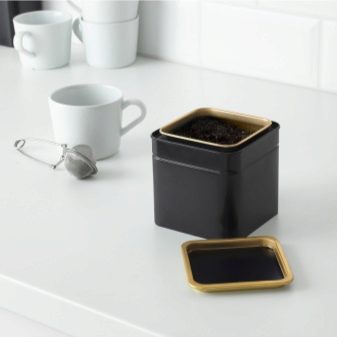

Important: washing such a container is possible only by hand.
Consumers give good marks to the box Oriental Way. This tea container is characterized as:
- beautiful;
- convenient in work;
- functional;
- quality made;
- unfortunately not having an opening handle.
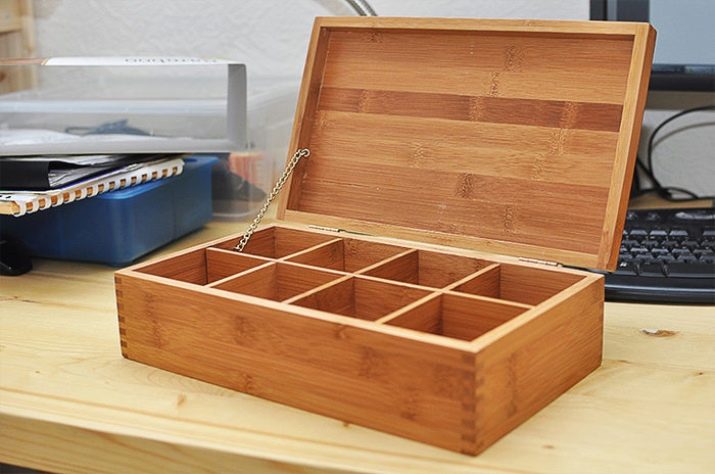
The necessary moment is control over the smooth running of the lid. She should not be warped. The lid of the drawer is of high quality and has no cracks. Inside you can put tea bags of all kinds. Attention also deserves:
- a set of cans for tea "Kanto";
- teapot "Dragon" with a volume of 50, 100 or 250 g;
- tea can "Scandic" with a capacity of 250 g.
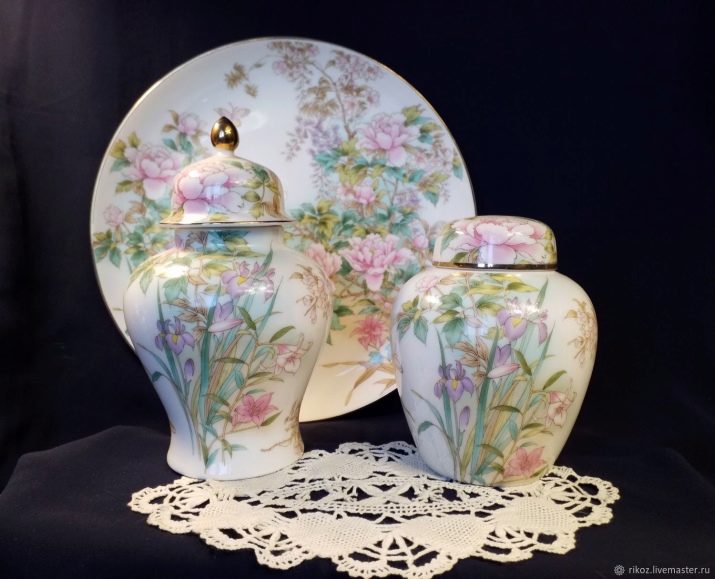
See how to store tea properly.









